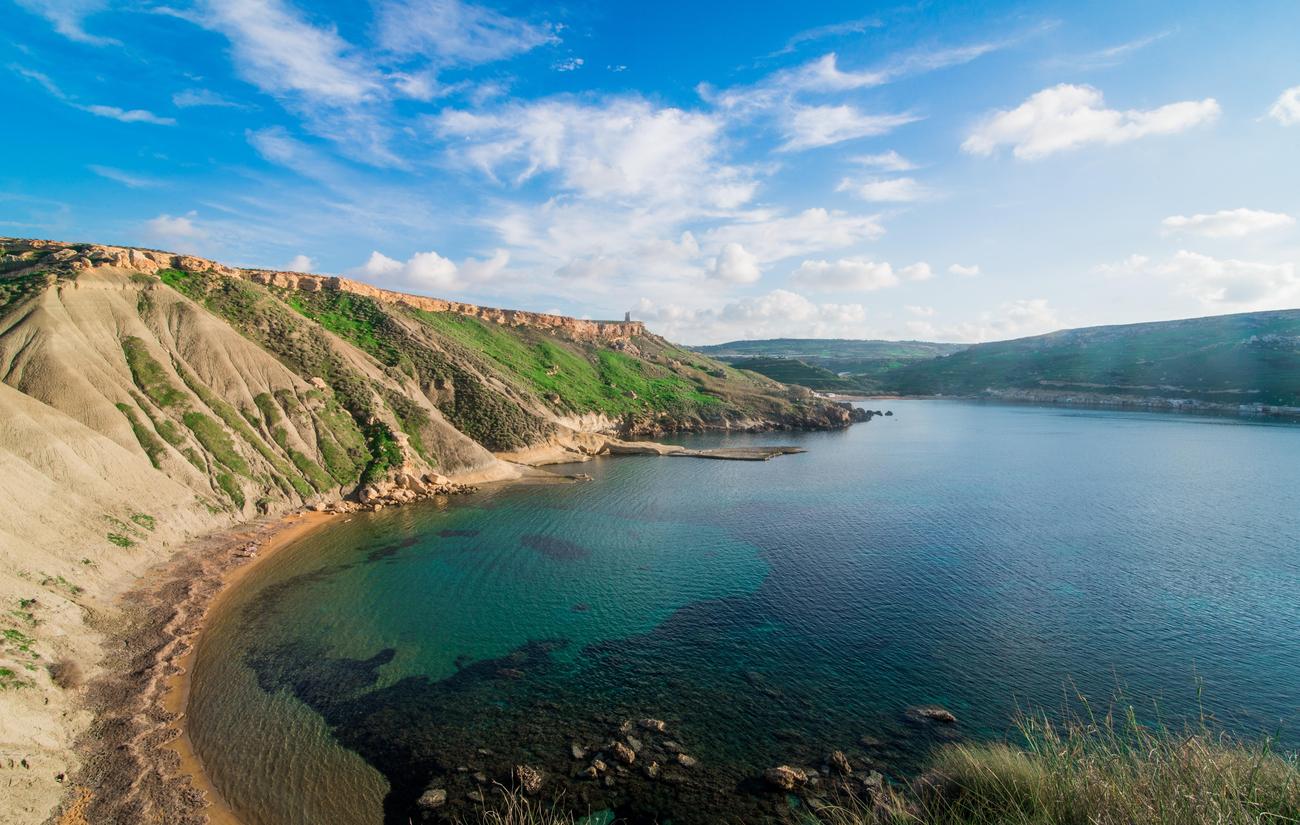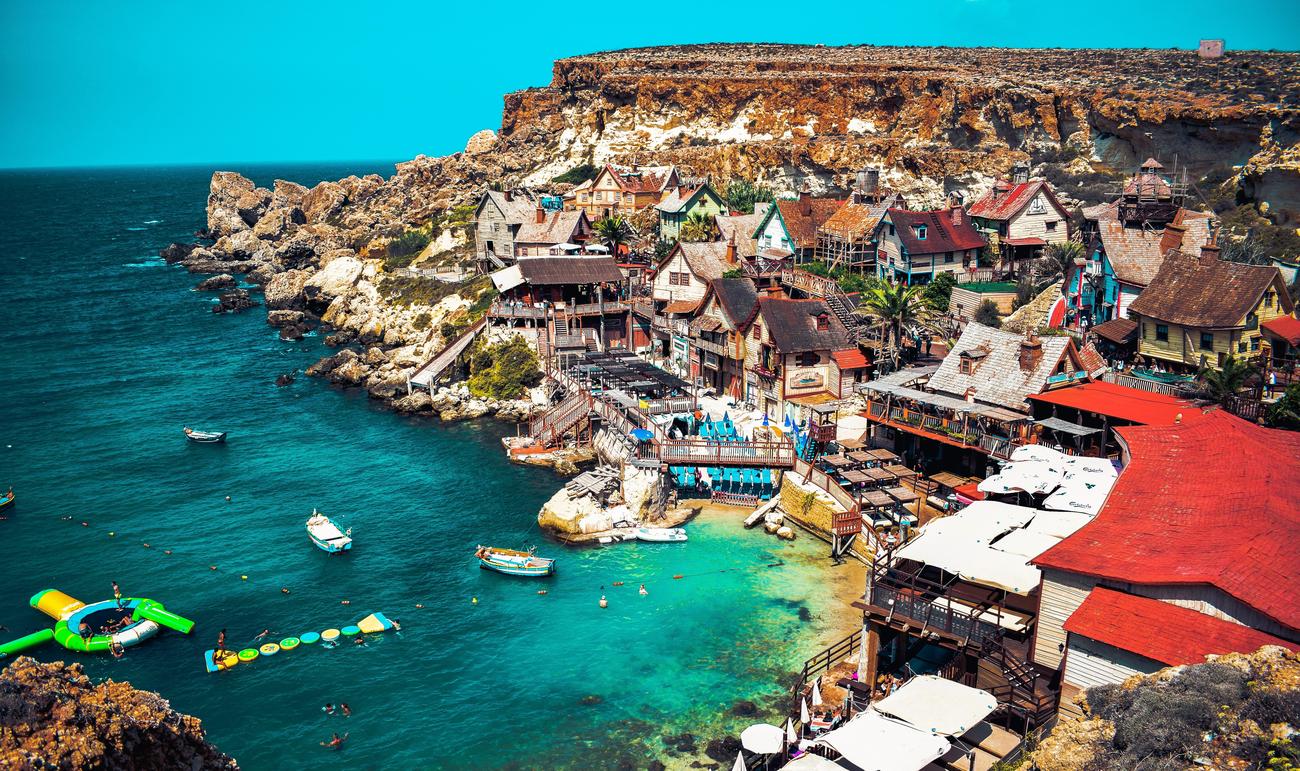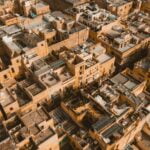Are you ready to dive into the fascinating world of population density? Brace yourself for an enlightening exploration of Malta’s vibrant demographic landscape. In this article, we will peel back the layers of data, unveiling the secrets and untold stories hidden within Malta’s population density. Prepare to be captivated as we blend research, data analysis, and powerful storytelling to shed light on the intricate dynamics of this Mediterranean island nation. Whether you’re a seasoned statistician or simply curious about the world around you, join us on this insightful journey, as we unravel the complexities and unveil the true essence of Malta’s population density.

Malta Population Density
Malta, a small country with a rich history, is known for its stunning landscapes and vibrant culture. However, beneath its undeniable charm lies a unique challenge that comes with living in such a small nation – its population density. With around 1,300 to 1,600 people per square kilometer, Malta boasts one of the highest population densities in the world[^1^]. In this article, we will delve into the intricacies of Malta’s population density, shedding light on the implications and offering insightful analysis on this remarkable phenomenon.
When we think of population density, we often imagine bustling cities and towering skyscrapers. However, in the case of Malta, the entire country acts as a concentrated hub of activity. With a total land area of 320 square kilometers and an estimated population of 422,000[^1^], it’s no wonder that Malta’s streets and towns are brimming with vitality and energy. But what exactly does such a high population density mean for the people who call Malta home?
Living in a small and densely populated country like Malta has its pros and cons. On one hand, the close proximity of amenities and the vibrant social scene create a strong sense of community. In Malta, neighbors become more than just acquaintances – they become an extended family, always there to lend a helping hand or share in joyful moments. Moreover, the compact nature of the country allows for easy access to services, reducing travel times and making everyday life more convenient.
However, like any coin, there are two sides to this story. The very characteristic that gives Malta its charm can also be a source of challenges. With limited space and a high demand for housing, finding affordable accommodation can be a daunting task. Additionally, the strain on infrastructure and public services can be felt, especially during peak tourist seasons. As the population continues to grow, striking a delicate balance between preserving the natural beauty of the islands and accommodating the needs of its residents becomes increasingly crucial.
To gain a deeper understanding of Malta’s population density, it’s important to analyze its global context. Globally, Malta only represents a mere 0.01% of the total world population[^1^]. Despite this, it ranks 173rd in the list of countries by population[^1^]. These statistics highlight both the uniqueness and significance of Malta’s population density. Surrounded by countries and territories with significantly larger land areas and populations, Malta stands out as a remarkable anomaly.
To put things into perspective, let’s consider an analogy. Imagine fitting the population of a bustling metropolis into a small neighborhood. The result would be a vibrant, tightly knit community where every corner is filled with life. Similarly, Malta can be seen as an intricately woven tapestry of culture, history, and human connection. Its population density is not just a number; it’s a testament to the resilience and adaptability of its people.
Unveiling Malta’s population density sheds light on a captivating aspect of this extraordinary country. Its high population density, while presenting challenges, also fosters a sense of unity and togetherness. As Malta continues to evolve, balancing the needs of its residents and preserving its unique identity will be crucial. Special attention must be given to sustainable urban planning and the development of infrastructure to accommodate its growing population. By doing so, Malta can ensure that it remains a vibrant and welcoming place for both its residents and visitors alike.
[Bolded keywords: Malta population density]
[+ Quote]
Malta’s population density of around 1,300 to 1,600 people per square kilometer makes it one of the highest in the world[^1^]. This remarkable phenomenon presents both challenges and opportunities for the people who call the country home.
Malta is a fascinating country with a unique culture and history. Did you know that the Malta population has been steadily growing over the years? It’s true! If you’re curious about the current population of Malta, click here to find out more: Malta Population. You’ll be amazed at the numbers and how this tiny island nation has managed to accommodate such a diverse and vibrant community. So, what are you waiting for? Discover the secrets behind Malta’s population growth by clicking the link now!

FAQ
Question 1: What is the population density of Malta?
Answer 1: Malta has a population density of around 1,300 to 1,600 people per square kilometer, making it one of the highest in the world.
Question 2: How does Malta’s population density compare to other countries?
Answer 2: Malta’s population density ranks number 173 in the list of countries by population. With a population density of 1,672 people per square kilometer, living in Malta poses unique challenges due to its small and densely populated land area.
Question 3: What is the estimated population of Malta?
Answer 3: The estimated population of Malta is 422,000, which is equivalent to 0.01% of the total world population.
Question 4: What factors contribute to Malta’s high population density?
Answer 4: Malta’s high population density can be attributed to its small land area of 320 square kilometers and the steady population growth over the years. The limited space combined with the influx of tourists and immigrants makes Malta a densely populated country.
Question 5: How does Malta’s population density impact its residents?
Answer 5: The high population density in Malta poses various challenges for its residents. These challenges include limited space for housing and infrastructure, increased traffic congestion, and strain on public services. The densely populated environment also influences the social and cultural dynamics of the Maltese society.
- Star Ring Trends: Etsy vs Amazon - March 28, 2025
- Boost Pollinator Habitats: Baby Blue Eyes Sustainable Farming Guide - March 28, 2025
- Protect Big Black Bears: Effective Conservation Strategies - March 28, 2025
















